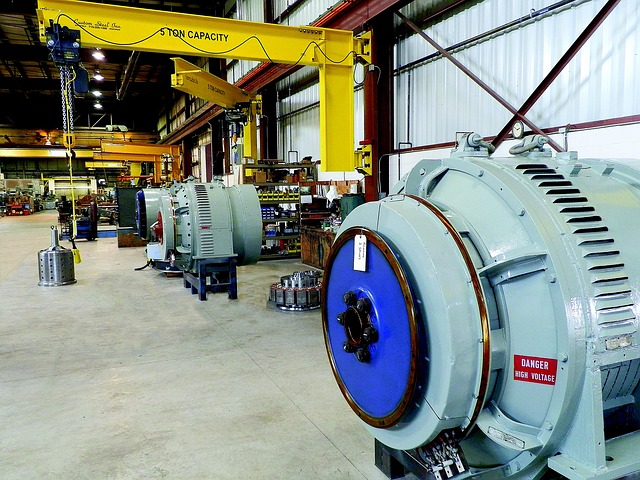Power outages can wreak havoc across industries and cause operational downtime and financial losses. Emergency generators are the safeguard against these outages and keep critical systems up and running. These systems have advanced automatic transfer switches (ATS) that detect outages and switch sources in an instant. Plus modern units have remote monitoring capabilities so you can monitor performance at the same time.
Prevent Equipment Damage
Sensitive systems are susceptible to power surges and blackouts. When the power goes out suddenly, abrupt shutdowns can cause internal damage. Emergency power systems like Generac generators are the buffer, so there’s no interruption of power and no sudden shutdowns that can lead to expensive repairs or replacements.
They also have voltage regulation features that stabilize output. So even during transitions, equipment gets power within safe operating ranges.
Consistent Power
Critical infrastructure like hospitals, data centers and manufacturing plants need consistent energy to operate. Emergency generators bridge the gap between sudden outages and the main grid coming back up. By switching on immediately when the grid is compromised, they keep operations running without downtime so facilities can stay productive and safe.
Many systems have dual fuel engines that can switch between fuel sources for extended runtime. And their capacity can be scaled to match the energy needs of a facility, from small to large industrial applications.
Reduce Downtime for Critical Systems
Power outages can cause significant financial and reputational damage. Emergency generators reduce downtime by switching on immediately when disruptions happen. For example:
- Hospitals can keep life-saving operations going
- Data centers can keep customers online
- Manufacturers can keep production lines running
- Financial institutions can keep transactions secure
- Communication networks can keep services up
- Retail can keep transactions processing
- Research facilities can keep experiments going and data from being lost.
These systems also have load-shedding protocols to prioritize power to the most critical equipment. And advanced designs can integrate with renewable energy sources so you have power even during extended outages.
Data Integrity and IT Infrastructure
Digital systems need continuous power to keep data and systems running. Power outages can cause data corruption, system crashes or hardware failure. Emergency generators keep critical servers and IT equipment safe from surges or outages.
Many include uninterruptible power supply (UPS) components that provide power for a few seconds before the generator kicks in. They also have harmonic filters to reduce electrical noise so sensitive electronics don’t get interfered with.
Medical and Laboratory Equipment
Medical facilities have devices that need stable power to deliver accurate results and patient care. From MRI machines to life support systems, these devices are designed to operate within certain parameters. Generators keep these critical tools running, so patients and medical results are protected.
These systems often have redundant modules to prevent single points of failure. Plus they meet medical grade standards like ISO 13485 so they meet the tough demands of medical applications.
Voltage Fluctuations and Surges
Power outages are often accompanied by fluctuations or surges that can damage sensitive hardware. Generators have surge protection so equipment is protected from power spikes.
This prolongs the life of expensive equipment and reduces repair costs over time. They often have advanced transient voltage suppression systems to absorb harmful spikes. Plus their automatic voltage regulation ensures consistent power under varying load conditions.
Sensitive Industrial Machinery
Industries rely on precision machinery to meet high standards. A momentary loss of power can stop processes, waste resources and damage machinery. Emergency systems provide an uninterrupted power supply so production can continue and equipment is protected from malfunction during grid outages.
These systems often have three phase outputs to support high load machinery. They also have programmable logic controllers (PLCs) for custom settings so you can configure for specific industrial processes.
Environmental Controls for Equipment
Climate controlled systems like clean rooms and server farms need controlled environments to function optimally. An outage can disrupt temperature, humidity and other critical parameters. Emergency generators keep these controls running so equipment doesn’t get damaged and operational efficiency isn’t disrupted.
Many have integrated climate control units to control the environment directly. Plus their real time diagnostics allow you to adjust on the fly to maintain exact operating conditions.
Generac generators are key to protecting critical equipment and keeping operations running during outages. By preventing damage, keeping power flowing and supporting continuity of operation they are essential for protecting systems across all industries. For businesses and institutions it’s not just a precaution – it’s a necessity for long term business resilience.




